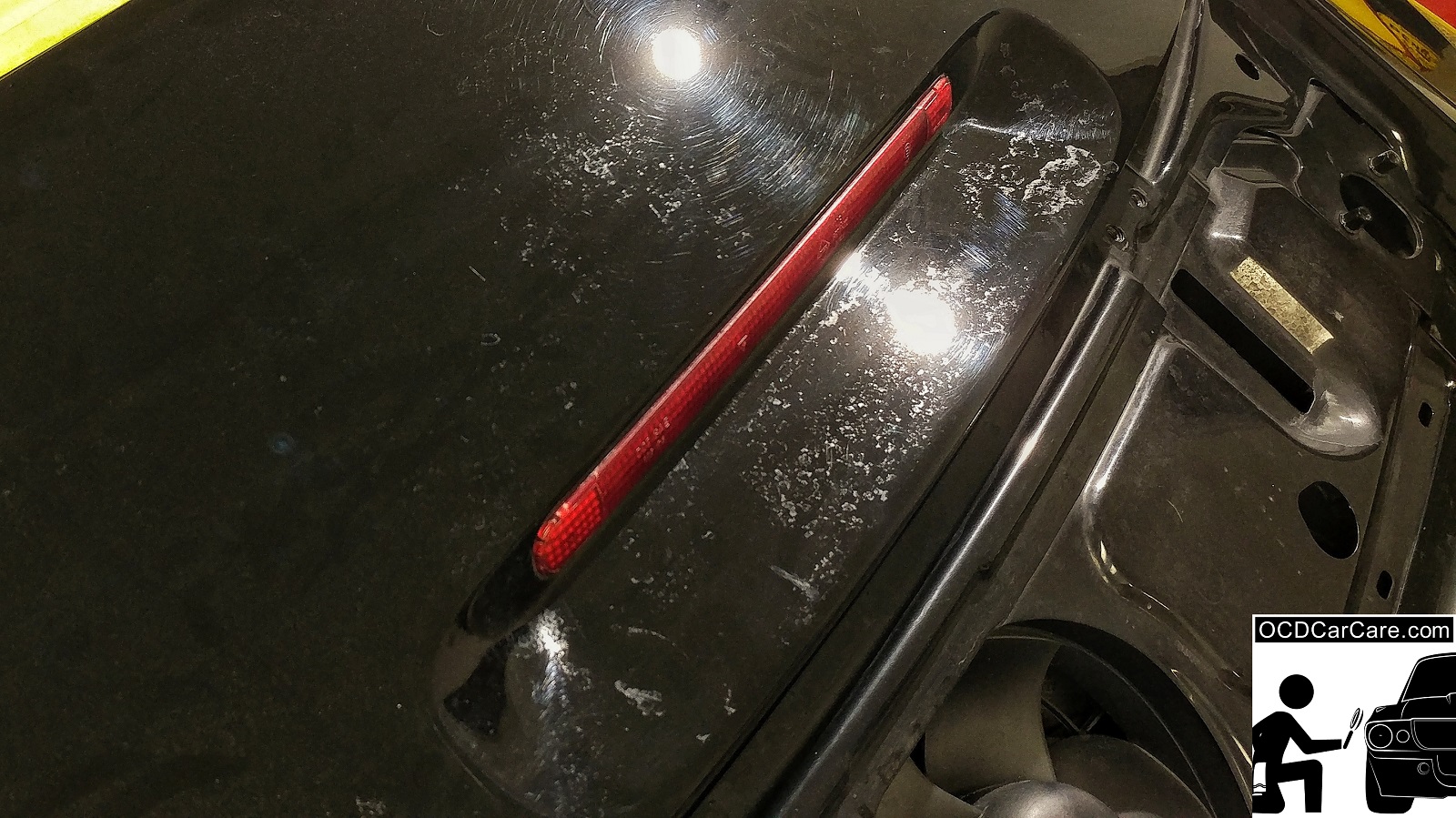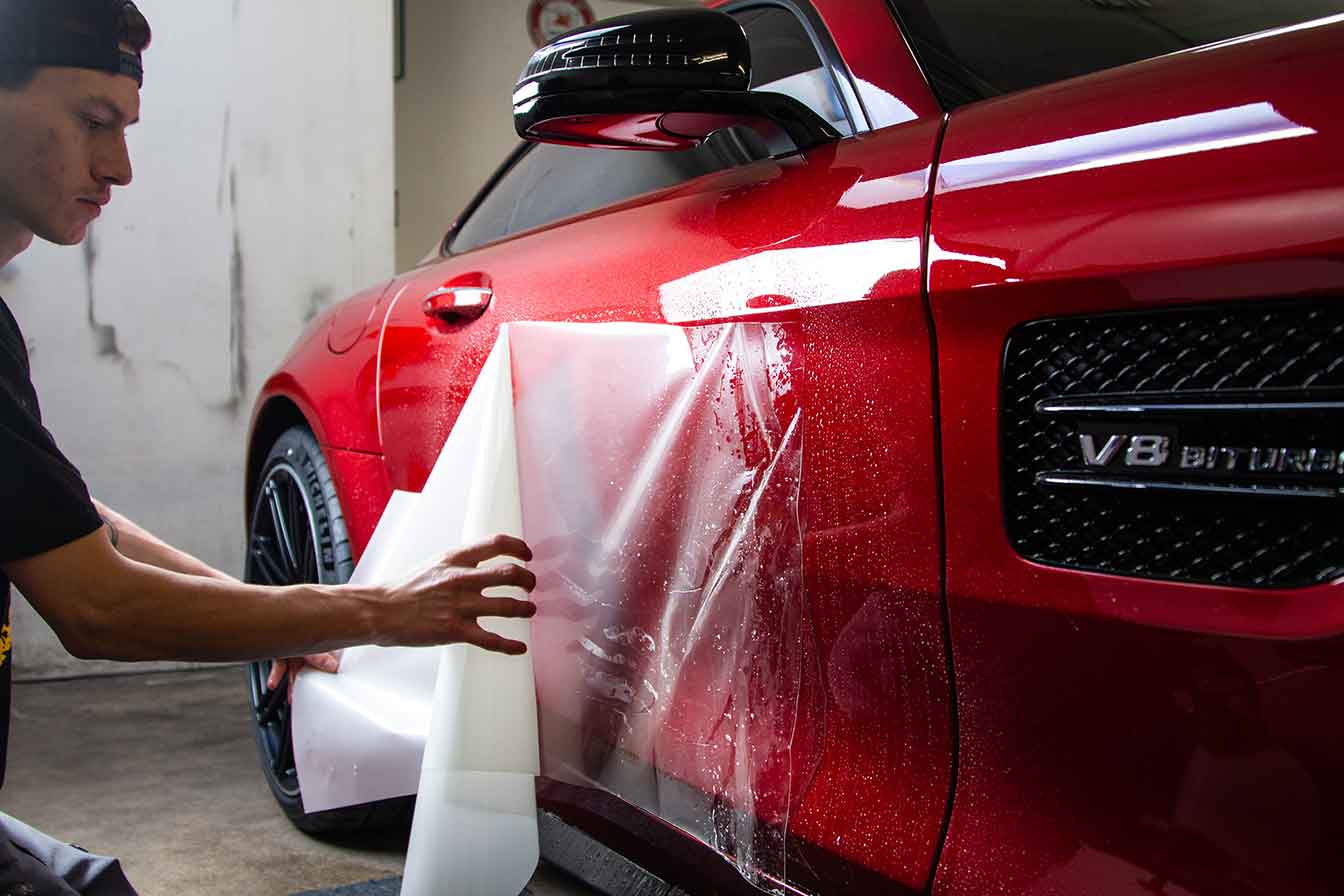Exactly How Ceramic Coating Philadelphia Enhances Your Automobile's Shine and Defense
Exactly How Ceramic Coating Philadelphia Enhances Your Automobile's Shine and Defense
Blog Article
Why Ceramic Covering Is the Ultimate Service for a Remarkable Finish
Ceramic coating has actually become a leading solution for those seeking a flawless surface for their cars, thanks to its impressive toughness and protective attributes. This advanced fluid polymer not just bonds perfectly with manufacturing facility paint yet also provides an awesome barrier against usual threats such as scrapes, UV rays, and toxic wastes. Its hydrophobic properties simplify maintenance while enhancing visual appeal. However, comprehending just how this modern technology contrasts to traditional methods and exploring its application nuances can disclose a lot more concerning its value. What aspects absolutely established ceramic finishing apart?
What Is Ceramic Finish?

When used appropriately, ceramic finishing produces a hydrophobic surface area that wards off water and dust, making it simpler to preserve and clean up. Unlike traditional waxes or sealants, which commonly use temporary defense, ceramic finishes can last for a number of years, depending upon the product high quality and application approach. The procedure of applying ceramic finishing needs careful preparation, including complete cleansing and occasionally repaint modification, to guarantee optimal bonding and effectiveness.
Ceramic finishings are not limited to automobile surfaces; they can also be utilized on different materials, including glass, steel, and plastics, giving a functional option for boosting defense. Generally, ceramic finish stands for a significant improvement in surface protection modern technology, integrating both visual and useful benefits for a wide variety of applications.
Advantages of Ceramic Coating
While lots of surface area security alternatives exist, the benefits of ceramic covering stick out as a result of its one-of-a-kind homes and lasting performance. Among the main advantages is its extraordinary toughness. Ceramic Coating Philadelphia. Unlike conventional wax or sealants that need regular reapplication, ceramic finishes provide a resilient layer that can last for numerous years, substantially minimizing maintenance initiatives
Another notable benefit is boosted security versus ecological contaminants. Ceramic finishings create a hydrophobic surface area that drives away water, dirt, and various pollutants, making it simpler to clean. This feature not only protects the lorry's appearance but likewise lessens the risk of corrosion and oxidation, specifically in rough weather problems.
In addition, ceramic finishes supply premium resistance to UV rays, protecting against fading and degradation of paint in time. This UV protection is critical for maintaining the visual worth of surfaces and vehicles revealed to guide sunlight.
In addition, the glossy surface achieved with ceramic coating enhances the overall visual charm, giving surface areas a showroom-quality sparkle. Generally, ceramic coverings represent a significant innovation in surface defense innovation, supplying enduring benefits that deal with both visual and useful needs.
Exactly How It Works
Understanding the science behind ceramic layers reveals how they offer such amazing defense and durability. At its core, a ceramic finish is a liquid polymer that chemically bonds like this with the lorry's manufacturing facility paint.
The application procedure entails several actions, including surface area prep work, which is critical to achieving optimal adhesion. As soon as used, the finishing undertakes a healing procedure, throughout which it sets and creates a semi-permanent bond with the paint surface area. This bond is what distinguishes ceramic coatings from typical waxes and sealants, offering a longer-lasting safety obstacle that can sustain for many years.
Moreover, the thickness of the finish can enhance its safety qualities, making sure that it can withstand severe conditions. Inevitably, the science of ceramic finishes integrates innovative materials with cutting-edge application strategies to provide an unrivaled level of defense and aesthetic improvement for lorries.
Comparison With Traditional Approaches
The benefits of ceramic finishings come to be particularly evident when compared to typical paint security approaches such as waxes and sealers. While waxes provide a short-lived sparkle, generally lasting a few weeks to a number of months, ceramic finishings provide a long-lasting protective layer that can sustain for a number of years. This sturdiness substantially decreases the frequency of reapplication, making ceramic layers a more cost-effective service over time.
Furthermore, conventional methods frequently require substantial preparation and multiple applications to achieve a satisfactory degree of security. On the other hand, ceramic finishes bond at a molecular level with the vehicle's surface area, developing a durable shield against ecological impurities like UV rays, acid rainfall, and roadway salts. This bond improves the vehicle's resistance to scratches and swirl find out marks, which prevail with traditional waxes and sealers.
Furthermore, the hydrophobic buildings of ceramic coatings fend off water and dirt, leading to less complicated cleaning and maintenance. On the other hand, wax and sealant-treated surfaces can bring in grime, demanding even more regular washing - Ceramic Coating Philadelphia. Overall, ceramic layers not only supply premium security yet also deliver a much more visually appealing and enduring surface, developing them as the preferred option for discerning vehicle proprietors
Application and Upkeep Tips

Using a foam applicator, use the layer in small areas, adhering to the producer's standards relating to density and overlap. Permit adequate healing time between layers, typically 24-hour, to make sure appropriate bonding. After application, it Source is important to stay clear of exposure to water or rough aspects for at the very least a week to allow the layer to completely treat.
Additionally, making use of a ceramic maintenance spray can boost the finishing's hydrophobic residential properties and longevity. Routine assessments for any type of indications of wear will aid preserve the layer's honesty and maintain that immaculate coating.
Final Thought
In conclusion, ceramic coating arises as a premium alternative for attaining a perfect vehicle finish. By forming a durable bond with factory paint, ceramic coating effectively guards versus scrapes, UV rays, and ecological pollutants.

Report this page